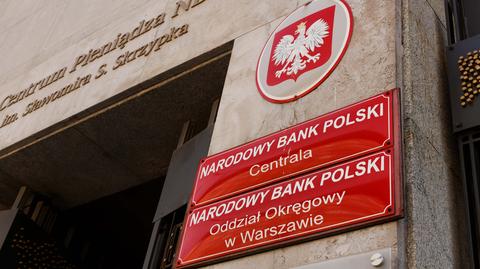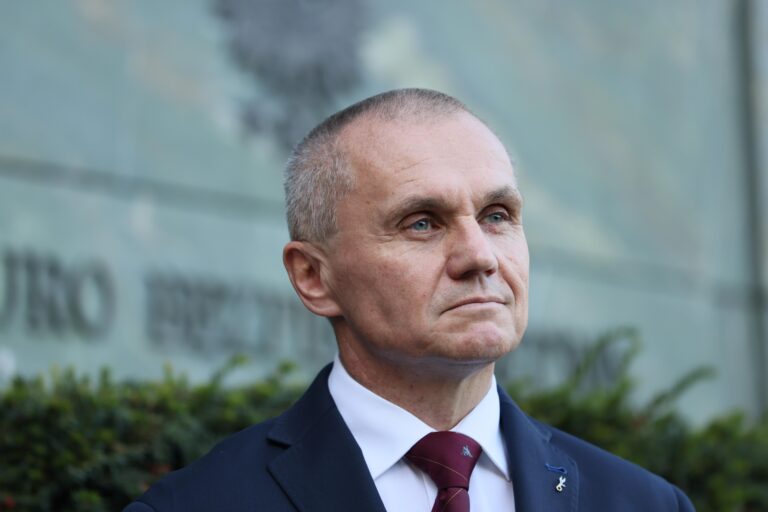Biznes Fakty
Marta Kightley, Vice President of the National Bank of Poland, on inflation in the Sejm

Vice President of the National Bank of Poland (NBP) Marta Kightley stated that inflation is projected to decrease to approximately three percent by July, aligning with the NBP’s target. She noted that factors affecting this rate in the medium term will include fiscal policy, labor market conditions, energy prices, and overall economic circumstances.
During her presentation of the NBP’s activities report for 2024 to the Sejm, the deputy president of the central bank mentioned that CPI inflation is expected to decline to around 3% in July.
NBP Vice-President on Inflation in the Sejm
„Inflation may see a slight uptick in the upcoming quarters if electricity prices that are regulated are unfrozen. However, it is important to emphasize that the forecast indicates that inflation will align with the inflation target set by the National Bank of Poland in the medium term,” Kightley remarked.
She expressed that the quarter-on-quarter decrease in inflation serves as evidence that the NBP’s monetary policy „was and continues to be appropriate”.
In mid-July, the Central Statistical Office revealed that consumer goods and services prices rose by 4.1% year-on-year in June 2025, with a month-on-month increase of 0.1%. The inflation rate was recorded at 4% year-on-year in May.
„The Four Most Important Factors”
Kightley identified four critical factors that influence inflation trends in the medium term: fiscal policy, economic conditions, labor market status, and energy prices.
She underscored that „a significantly pro-inflationary element in the domestic economy is the loose fiscal policy. The European Commission predicts that the public finance sector deficit in Poland will reach 6.4% of GDP this year, making it one of the highest in the European Union again.”
„We are still unaware of the draft budget, but based on the European Commission’s projections, there will be no fiscal tightening next year under the current legislation. All signs indicate that by 2026, public debt will surpass the EU threshold of 60 percent of GDP for the first time ever. The rapid increase in debt raises concerns as it threatens macroeconomic stability, including long-term price stability,” she stated.
„Secondly, economic conditions remain robust. Following a GDP growth of 3.2 percent in the first quarter of this year, activity dynamics likely improved somewhat in the second quarter. On one hand, retail sales data reflect solid consumption growth; on the other hand, industrial economic conditions remain weak, although production dynamics in the second quarter were slightly better than in the first. Overall, GDP growth in 2025 is projected to outpace last year’s performance,” she added.
Unemployment and earnings in Poland
With regard to the labor market, Kightley noted that unemployment remains low, although employment in the corporate sector is gradually decreasing, while the primary factor continues to be the pace of wage growth, which, despite a slowdown, stays elevated.
„Overall, the economy experienced a 10 percent annual wage growth in the first quarter. Meanwhile, in the corporate sector, wage growth in the second quarter surpassed 9 percent. A gradual slowdown in wage growth is anticipated in the forthcoming quarters,” stated the NBP deputy president.
Kightley pointed out that it is uncertain what the administered electricity prices will be after they are unfrozen, considering the unpredictability of global energy prices due to the volatile situation in the Middle East.
„One thing is certain: the National Bank of Poland will persist in pursuing a monetary policy clearly aimed at achieving a sustained reduction in inflation,” she concluded.



